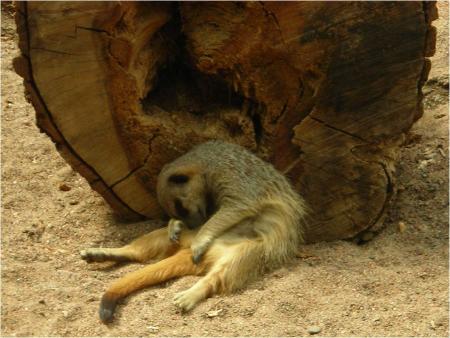Background

Selective feeding is common among many animal species. Selective feeders spend a lot of time and energy on searching for their preferred type of food. What the selection process is based upon varies depending on the species; it can for example be the presence or absence of different nutrients and toxins. Water content and the amount of time it takes to access the food can also affect the food choice. Food preference can also vary with the seasons over the year. Research regarding food preference has been done on several groups of animals, for example: mammals (primates, carnivores, bats, rodents, ungulates and marsupials), birds and even insects. Studies on small carnivores, for example the red fox (Vulpes vulpes), martens (Martes foina; Martes martes) and badgers (Meles meles), show that they include fruit and seeds in their diet. Meerkat is a carnivore that feeds mostly on insects, primarily beetles, termites, flies, butterflies and moths. Lizards, small snakes, birds and mice are also eaten occasionally. During dry weather wild meerkats has been observed eating succulents, tubers, tsamma melons and fruit, probably to obtain water.
Some species of animals can obtain knowledge about food preferences and how to obtain food by observing other individuals of the same species forage or solving food tasks. This has been shown by a number of studies of social learning in animals. One study showed that grey squirrels (Sciurus carolinensis) can learn to choose the right pot to get a nut after watching a conspecific preforming the task prior. However they did not show any learning if the conspecific was replaced with a card showing the right pot instead. Animals ability to learn about food preferences has also been studied in the wild. Orangutan (Pongo pygmaeus) juveniles follow their mother and imitates her food choices. Even if every female of the same species have different food preferences, their offspring will share it, indicating that their preferences were learned. Meerkats have been shown to be able to learn to solve a task if they have earlier been shown how by a conspecific. Meerkats pups have also been seen to learn how to handle difficult preys, such as scorpions by observing how an older individual handle the pray item. One researcher showed that pups were more likely to eat less known items if they earlier had been shown by an older individual.
Aim
To my knowledge there are no studies on food preference in captive meerkats and therefore the aim of this thesis was to fill this gap of knowledge. This was done on both individual and group level. The prediction was that the meerkats favor the animal matter (egg, crickets and zophobas) based on the fact that they are carnivores and mainly feed on insects in the wild as their main food source.
Responsible for this page:
Director of undergraduate studies Biology
Last updated:
05/19/11
